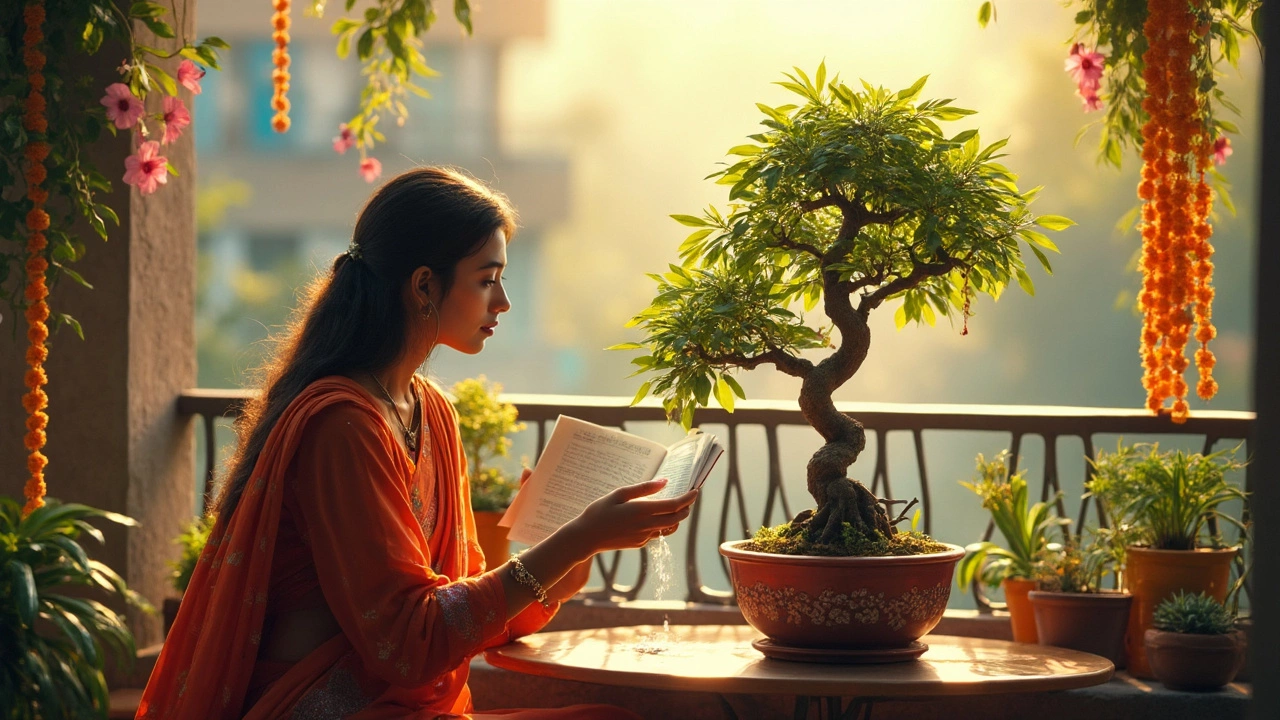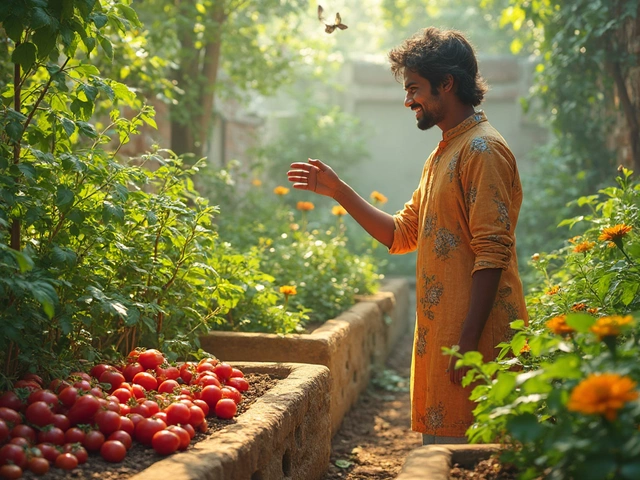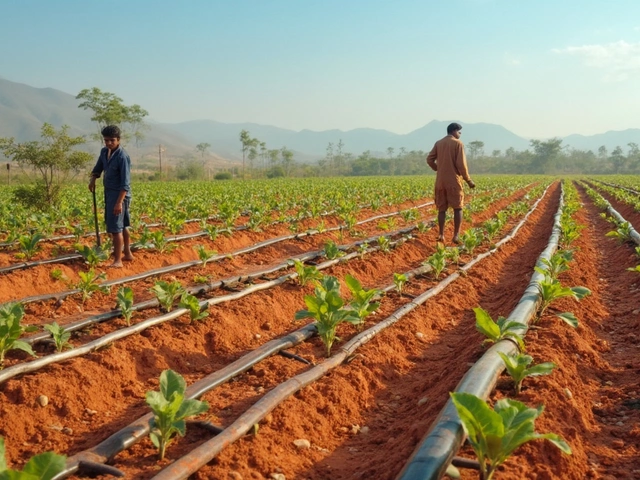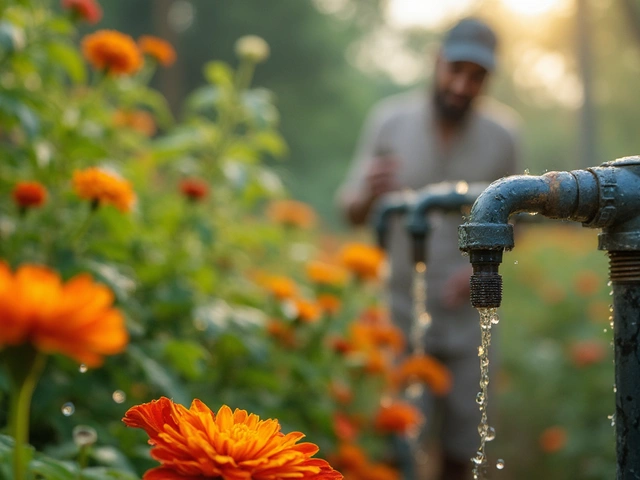Watering Bonsai: Quick Tips for Healthy Mini Trees
If you’ve ever wondered why your bonsai looks thirsty or droopy, the answer is usually about water. Bonsai are tiny trees, but they still need the right amount of moisture to stay strong. In this guide you’ll get straight‑forward advice that works for indoor and outdoor bonsai, no fancy jargon required.
Why Watering Matters for Bonsai
Bonsai grow in shallow pots, so the soil dries out faster than a regular garden plant. Too much water can drown the roots, while too little makes the tree wilt and lose foliage. The key is finding the sweet spot where the roots stay moist but not soggy. Think of the soil like a sponge – it should feel damp to the touch, not waterlogged.
Season changes also affect how often you water. In summer, the sun and wind can dry the soil in a day or two, while winter needs far less watering because the tree’s growth slows down. Adjust your schedule based on temperature, humidity, and the type of bonsai you have.
Practical Watering Techniques
1. Check the soil first. Stick a clean finger about an inch into the soil. If it feels dry, it’s time to water. If it’s still moist, wait another day.
2. Water until it drains. Place the pot in a basin, pour water slowly over the soil, and let it run out the drainage holes. This flushes excess salts and ensures the whole root ball gets wet.
3. Use room‑temperature tap water. Cold water can shock the roots. If your tap water is heavily chlorinated, let it sit for a few hours before using it – this lets the chlorine evaporate and keeps the roots happy.
4. Consider a soaking method. Submerge the pot (without the saucer) in a bucket of water for 5‑10 minutes. This lets the roots absorb water evenly, especially useful for very dry soil.
5. Try drip irrigation for outdoor bonsai. A low‑flow drip line can provide consistent moisture without overwatering. Set it to run early in the morning, and adjust the flow based on weather.
6. Misting isn’t a substitute for watering. Light misting can raise humidity for tropical species, but it won’t replace the deep soak the roots need.
7. Adjust for pot size. Smaller pots dry quicker, so they may need water every day in hot weather. Larger pots can go a day or two longer.
8. Watch the leaves. Yellowing, curling, or dropping leaves often signal water stress. If the leaves are crisp and brown at the tips, you’re likely overwatering.
By following these steps you’ll keep your bonsai hydrated without drowning it. Remember, every bonsai is a bit different – observe, adjust, and you’ll soon get a feel for what your particular tree likes.
Happy watering, and enjoy watching your miniature tree thrive!

Bonsai Care for Beginners: Simple Steps to a Healthy Tree
New to bonsai trees? This guide explains what you actually need to do to keep your bonsai healthy, from watering and sunlight to pruning and repotting. You'll get straightforward tips that work even if you have zero experience. Plus, you'll learn why certain mistakes can quickly hurt your tree. Get ready to help your bonsai thrive with clear, no-nonsense advice.
About
Bonsai Care
Latest Posts


Vegetables Native to India: What Every Gardener Should Know
By Alden Thorne May 27, 2025

Drip Irrigation Drawbacks: What You Need to Know
By Alden Thorne Feb 14, 2025
